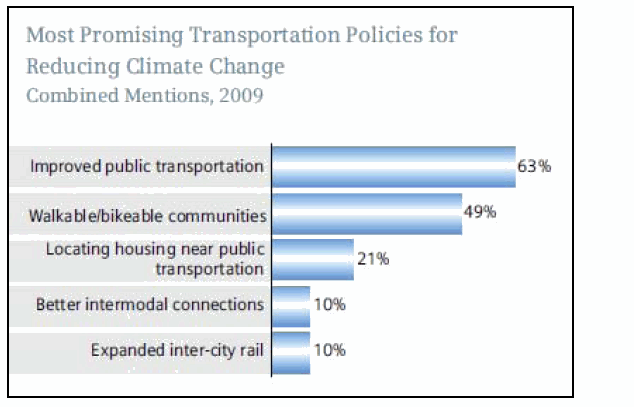
LEAGUE OF AMERICAN BICYCLISTS
Bicycling advocates can help shape Climate Action Plans to include pro‐bicycling policies. Using case studies and examples from existing plans, this report examines: 1. how pro‐bicycling policies have been written into the Climate Action Plans of states, cities, and universities, 2. examples of plans that include bicycling, 3. how bicycling advocates can best support these efforts, and 4. how to ensure that governments follow through on the promises made in their plans.
View this complete post...
Tags: Add new tag, Bicycling, Bike Lanes, Chicago, Climate Action Plan, CO2, Cycling, D.C., GHG Emissions, IL, Illinois, League of American Bicyclists, Washington
Posted in
Biking, Clean Air, Climate Change, Environment, Green, Infra Views, National, Policy, Public Opinion, Public Transportation, Roads, Sustainability, Urban Planning
Comments Off on Climate Change and Bicycling: How bicycling advocates can help craft comprehensive Climate Action Plans
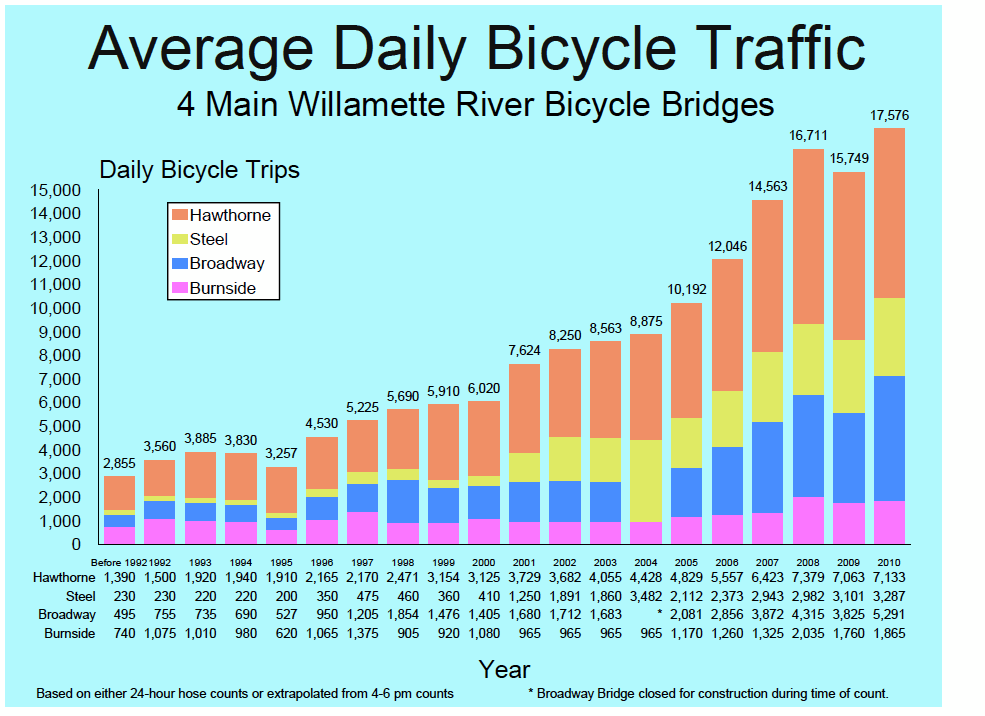













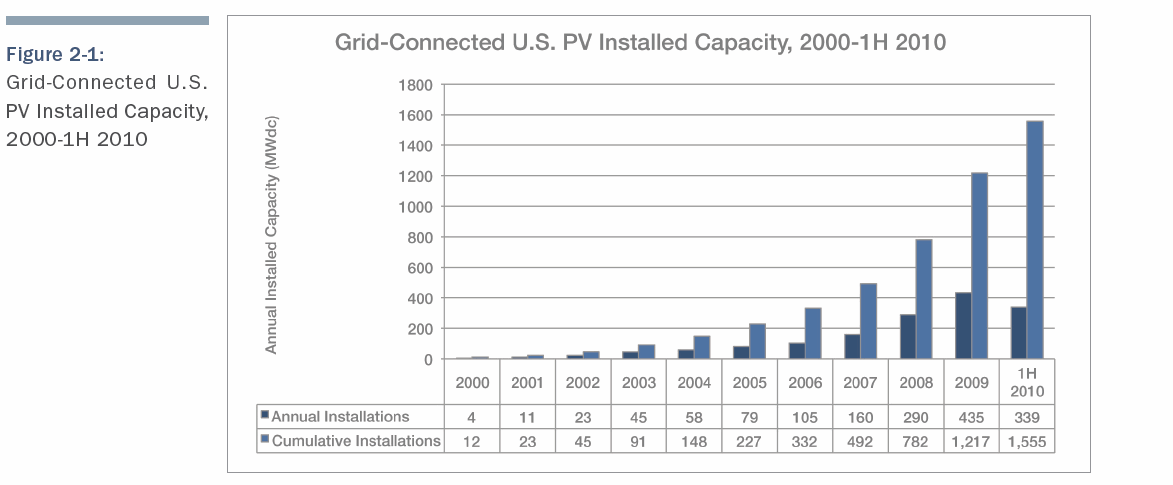

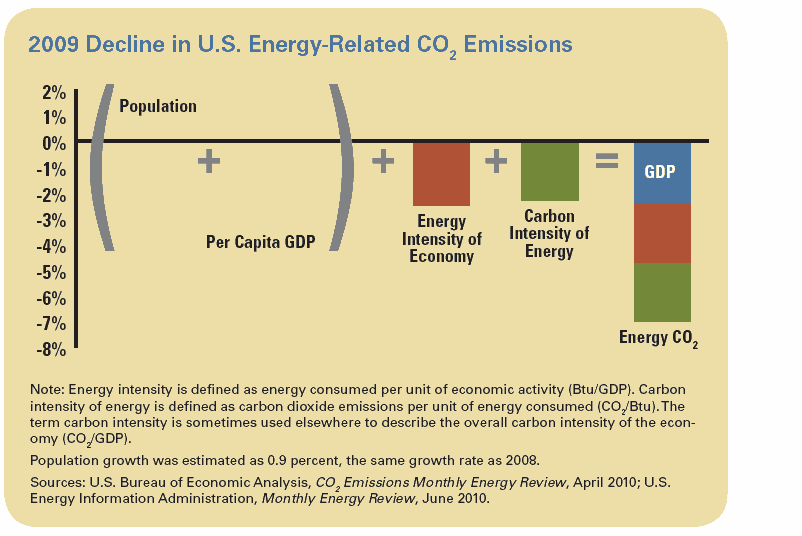
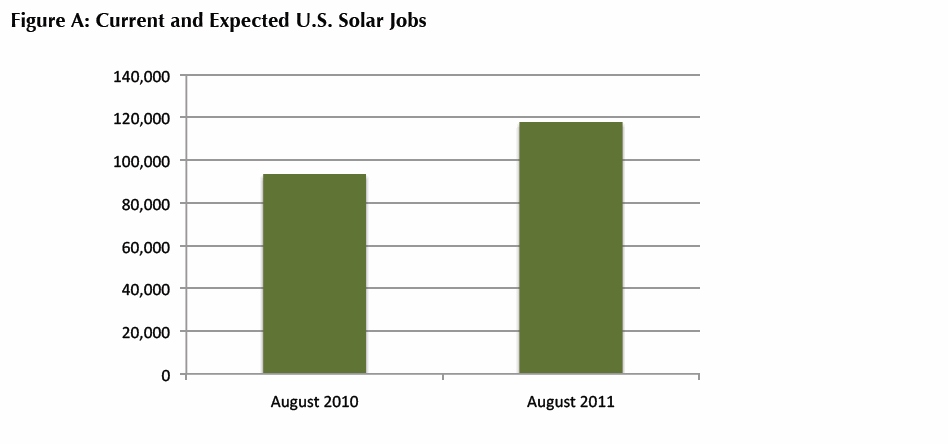
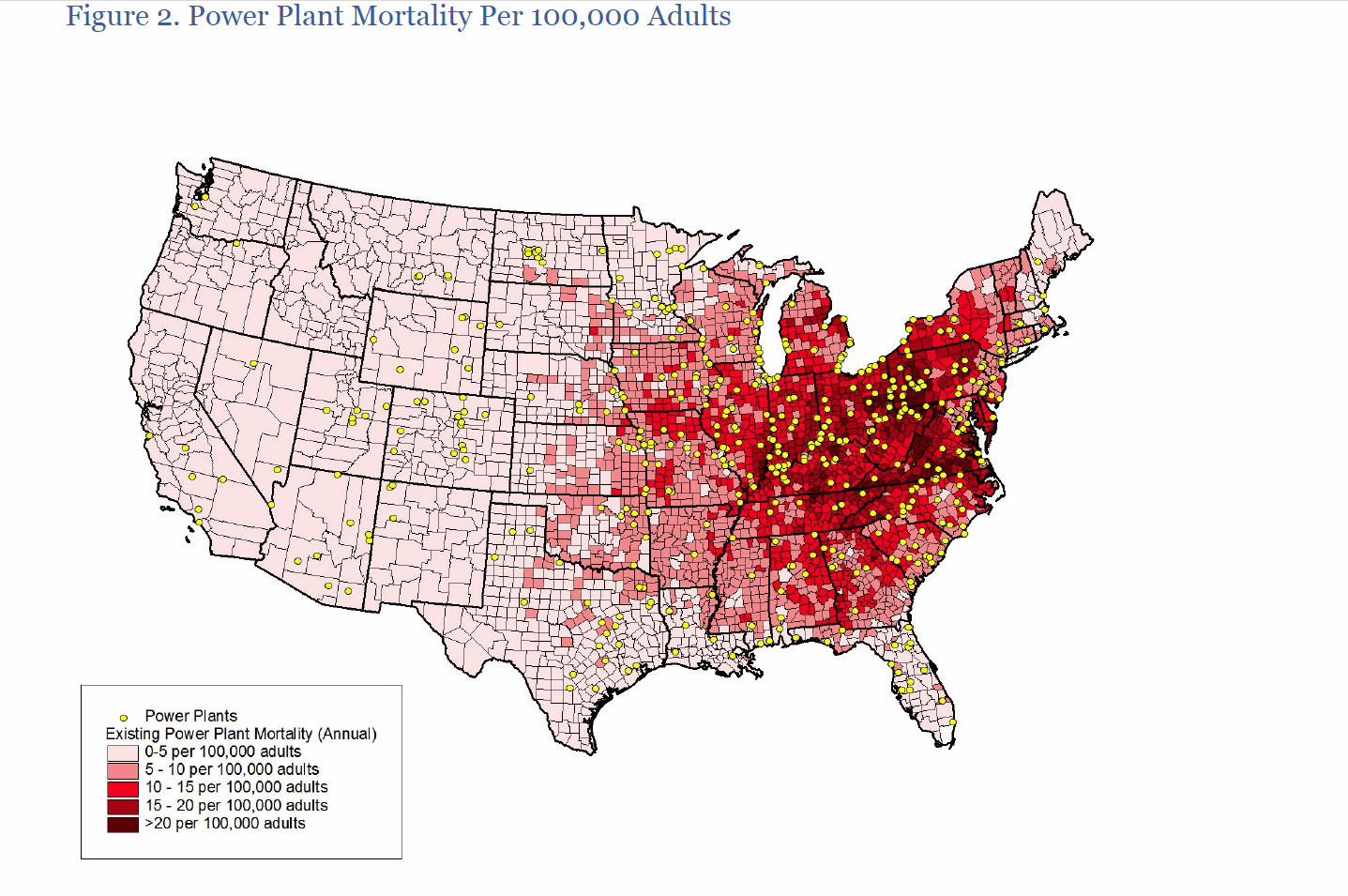


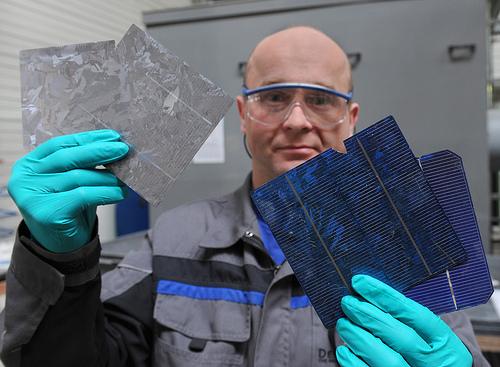

 RSS Feed
RSS Feed